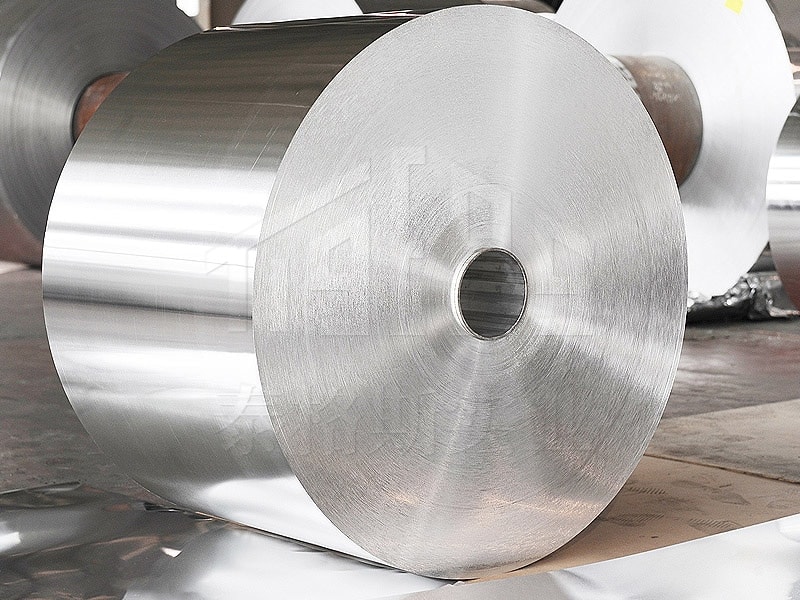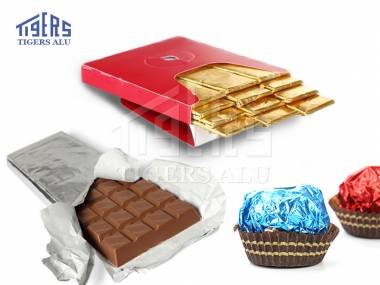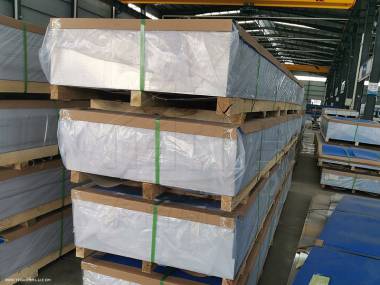How to use aluminium foil?
Aluminum foil is a remarkably versatile material that has become a staple in kitchens, industries, and laboratories around the world.
What is aluminium foil?
Aluminum foil is produced by rolling aluminum slabs into thin sheets, typically ranging from 0.006 to 0.2 millimeters in thickness Despite its delicate appearance, this material boasts a combination of strength, flexibility, and barrier properties that make it suitable for a wide array of applications

aluminium
foil
Key Characteristics
- Barrier Protection Aluminum foil acts as an excellent barrier against light, oxygen, moisture, and bacteria, making it ideal for preserving food and pharmaceutical.
- Thermal Conductivity It efficiently conducts heat, which is why it’s commonly used in cooking and baking to ensure even heat distributio.
- Reflectivity With its shiny surface, aluminum foil reflects up to 97% of radiant heat, making it useful in insulation and energy-saving application.
- Malleability Its pliable nature allows it to wrap snugly around objects, providing a tight seal without cracking or tearin.
How Is It Made
The production of aluminum foil involves several stes:
- *Casting: Molten aluminum is cast into large slabs called ingos.
- *Rolling: These ingots are rolled into thin sheets through a series of rolling mils In the final stages, two sheets are rolled together and then separated, resulting in one side being shiny (in contact with the rollers) and the other dul.
- *Annealing: The rolled sheets are heat-treated to achieve the desired temper and flexibiliy.
Common Uses
- Food Packaging: Its barrier properties make it ideal for wrapping food, keeping it fresh and preventing contaminaton.
- Cooking: Used to line baking trays, wrap meats, and cover dishes, it helps in even cooking and easy cleaup.
- Insulation: In construction, aluminum foil is used in insulation materials to reflect heat and improve energy efficiecy.
- Electronics: Its conductivity makes it useful in shielding cables and electronic componets.
The history of aluminum foil:
The origin of aluminum foil can be traced by to the early 1900s. Life Savers—one of today’s most popular candies—were first packaged in foil in 1913. To this day, the treats are encased in the world-famous aluminum foil tube.
The uses of foil have grown over the past 100 years to a nearly endless count. From Christmas tree ornaments to spacecraft insulation, TV dinners to medicine packets—aluminum foil has, in many ways, improved both our products and our lives.
Final Thoughts
Aluminum foil’s unique combination of properties—lightweight, malleable, non-toxic, and an excellent barrier—makes it an essential material in various sectors. Whether you’re preserving leftovers, insulating a building, or shielding electronic components, aluminum foil proves to be a reliable and versatile choice.
For a visual insight into the manufacturing process of aluminum foil, you might find this video informative:
Reference link:https://en.wikipedia.org/wiki/Aluminium_foil





